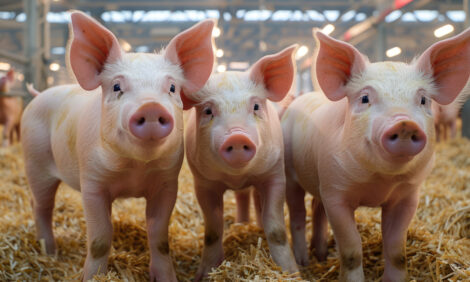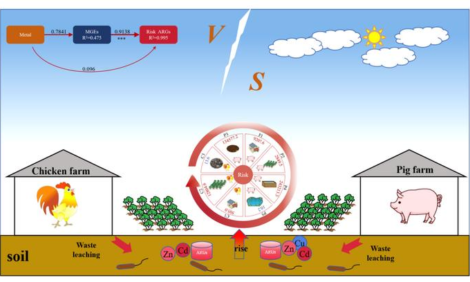



NAPRRS: PCV3 immune response
Porcine circovirus type 3 causes reproductive failurePorcine circovirus type 3 (PCV3) was first identified in the United States in 2016 and has been associated with reproductive failure and multisystemic inflammation. PCV3 is a circular, single stranded DNA virus of approximately 2000 bp with two major identified structural proteins, the capsid (Cap) and replicase (Rep).
Information regarding PCV3’s humoral response is scarce. The Cap and Rep humoral response was evaluated following experimental PCV3 infection and transfer of maternal antibodies in piglets from naturally infected sows by IFA and ELISA. The results of the study by M. Kroeger and colleagues at Iowa State University and South Dakota State University were presented at the 2024 North American PRRS Symposium.
Eighteen, 5-week-old CD/CD pigs were randomly assigned to 4 treatment groups: PCV3, PCV3+KLH (keyhole limpet haemocyanin), negative control, and KLH control. PCV3 and PCV3+KLH groups were intramuscularly and intranasally inoculated with 2 mL of PCV3 tissue homogenate on days 0 and 7. PCV3+KLH and KLH control groups were administered 1 mL of KLH in the hip and shoulder on days 3 and 7. Serum was collected weekly until day 42 post inoculation (dpi). Piglet serum from three PCV3 seropositive sows was collected weekly until 9 weeks post farrowing.
Experimentally infected pigs developed Cap IgG antibodies at 14 dpi, reaching significantly higher levels between 28-42 dpi. Rep IgG antibodies were detectable at 28 dpi with significantly higher levels between 35-42 dpi. Antibody titers detected by IFA against the Cap were 16-fold higher than the Rep.
Commercial piglets showed high levels of IgG against the Cap during week 1 post farrowing, declining to undetectable levels by 7-9 weeks post farrowing. Rep IgG detection was variable between litters with highest levels occurring 1-week post farrowing and becoming nondetectable 5 weeks post farrowing. Cap antibodies titers were 9-fold higher compared to Rep antibodies by IFA.
Like PCV2 infection, PCV3 induces a delayed humoral response detectable several weeks post-infection with higher titers against the Cap protein compared to the Rep protein. Both Cap and Rep antibodies were detected in neonatal pigs, suggesting maternal passive transfer. Given the prolonged PCV3 viremia reported in the literature, the protective role of Cap or Rep antibodies warrants further investigation. PCV2 maternally derived antibodies confer passive protection. Thus, future studies should evaluate the protective role of PCV3 maternal antibodies.









